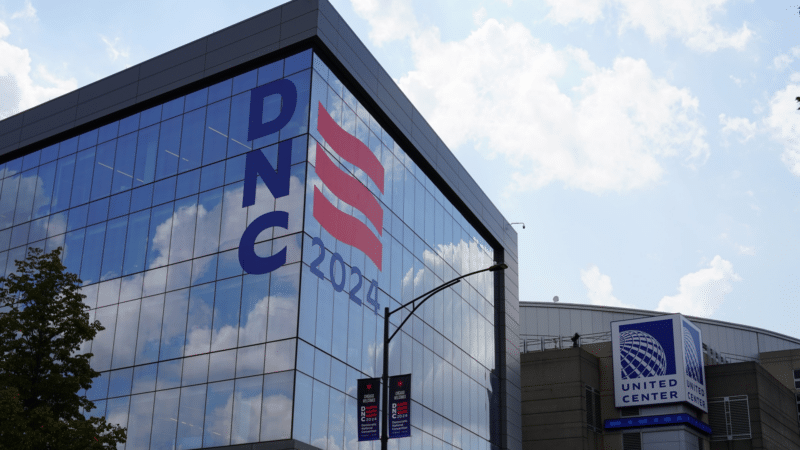The Senate’s very modest gun reform proposal appears to be moving toward actually being written up as a real bill, with negotiators saying they plan to have it ready for passage before the July 4 recess. Senate Minority Leader Mitch McConnell says he’s “comfortable” with the framework announced earlier this week, which for that awful old fucktortoise virtually counts as quivering with excitement. Sen. John Cornyn (R-Texas), the head GOP negotiator, said Monday that all 10 Republicans who agreed to the deal are “rock solid” in their support, although as with anything in legislation, the whole thing could fall apart because a big-money donor doesn’t like a comma somewhere in the text of the bill.
Oh, that reminds me, the breakfast sausage needs to be warmed up.
NBC News reports that the big sticking point in the actual drafting of the bill may end up being its provision to provide grants for states to put in place “red flag” laws (aka “Extreme Risk Protective Orders”), which allow a court to temporarily take guns away from someone who’s a risk to themselves or others. A lot of Republicans fret that such laws may not sufficiently protect “due process” for gun owners, because what if you temporarily remove guns from someone threatening to kill their spouse and then they’re unable to stop Antifa from burning down their whole city? Sen Richard Blumenthal (D-Connecticut), who’ll be drafting the red flag section with Lindsey Graham (R-South Carolina), says he’s confident that he and Graham can draft language that’ll pass.
To help persuade any senators who might be on the fence, we’d recommend looking at a new study on California’s red flag law, which found that in the law’s first three years, orders got guns out of the hands of 58 people who had threatened to commit mass shootings. Well that seems like a pretty important thing to know!
California’s “gun violence restraining order” (GVRO) law was enacted in 2016 following the 2014 Santa Barbara mass killing, in which a self-admitted misogynist killed six people and injured 14 others in a shooting, car attack, and stabbing spree before killing himself. California is one of 19 states with red flag laws. As the San Jose Mercury News explains, California’s GVRO law
allows law enforcement or family members to ask a judge to temporarily order removal of guns from someone deemed an imminent threat to themselves or others. The state expanded the law in 2020 to add educators, employers and co-workers to those who could seek the orders, which can be extended to five years after a hearing.
The study, by the Violence Prevention Research Program at UC Davis, examined how the law worked in its first three years. Out of more than 400 gun violence restraining orders, the researchers were able to get detailed information on 202 cases (the rest were mostly short-term emergency orders, generally “single-page petitions with extremely limited case details” that the researchers were unable to obtain).
As the Mercury News explains, there were some common themes in the 202 cases the study reviewed:
Nearly all of the people whose weapons were seized were men. More than half threatened to harm others, often intimate partners. And in nearly 30% of the cases, officers used the law to seize weapons after threats of mass shootings, including six students who had described unleashing violence at school.
Content warning: suicide. If you’re having thoughts of harming yourself, call the National Suicide Prevention Lifeline at 800-273-8255.
In a somewhat surprising difference from previous detailed studies of red flag laws in other states, the California study found that only 15 percent of the 202 cases involved threats of suicide; the vast majority, 80 percent, involved “risk of harm to others.” The authors suggest that’s probably a result of California’s strict firearm laws; California and Connecticut have among the lowest rates of firearm suicides in the country.
The Mercury News summarizes some other key findings:
Of the California cases studied, 54% involved an individual who aimed solely to harm others, and 25% aimed to hurt others as well as themselves. Intimate partners were the targets in 29% of cases, the largest share. Of the rest, 23% targeted random people, 21% other family members, 11% someone at work and 9% someone at school.
Just over half of the cases involved verbal threats, and 55% involved threatening behavior, while 13% involved threatening mail, emails or texts, and 5% threats on social media.
Also, some 95 percent of the protection order requests were filed by law enforcement; almost a third of the respondents were arrested, and about a quarter had an involuntary psychiatric hold.
The study may also include some reassurances for the pro-gun crowd that worries people who have their precious guns taken from them will fall prey to bad guys. Of the 202 cases, none of the respondents died due to violence following the order (one GVRO was issued as the result of a suicide attempt; the person later died). Six other respondents died in various ways unrelated to the orders, like accidents or medical issues. Yes, we know, the data won’t be reassuring at all to gun people.
The Mercury News spoke to the obligatory gun guy, Sam Paredes of Gun Owners of California, who said Due Process a lot, although California’s law does require a hearing for any GVRO to extend beyond 21 days. Paredes acknowledged he didn’t know of any specific case where the law was abused, but told the paper “he has heard from several gun owners who said they were unjustly disarmed by their exes as an act of harassment in divorce proceedings.” (Again, given that 95 percent of orders were initiated by law enforcement, we want to see some stats, please.)
Also too, while most of the firearms removed due to the orders were handguns, 29 percent of the cases involved “assault-type weapons” of the sort preferred by America’s mass shooters who want their man card back.
All in all, it’s an interesting study, and 58 potentially thwarted mass shootings is nothing to sneeze at. It seems to be a better record than the occasional attempts to quantify how often armed citizens with guns stopped mass shooters, which can be all over the place (a Texas TV station found that out of 316 active shootings from 2000 to 2019, 50 were stopped by civilians who were armed, but only 10 actually involved the civilian shooting the assailant; an FBI report found that in 2021, armed citizens shot and killed four possible mass shooters; in addition, one shooter was tackled by civilians and a teacher disarmed an armed student).
And it’s far better than flooding America with more guns and hoping for the best.
[Mercury News / Violence Prevention Research Program / NBC News]
Yr Wonkette is funded entirely by reader donations. If you can, please give $5 or $10 a month to help us keep you up to date!
























































![Key Metrics for Social Media Marketing [Infographic] Key Metrics for Social Media Marketing [Infographic]](https://www.socialmediatoday.com/imgproxy/nP1lliSbrTbUmhFV6RdAz9qJZFvsstq3IG6orLUMMls/g:ce/rs:fit:770:435/bG9jYWw6Ly8vZGl2ZWltYWdlL3NvY2lhbF9tZWRpYV9yb2lfaW5vZ3JhcGhpYzIucG5n.webp)






















